On March 13, 2017, President Trump issued Executive Order No. 13781, a Comprehensive Plan for Reorganizing the Executive Branch. Agencies were given 180 days to produce preliminary plans. The Department of State submitted its plan earlier this month and guessing the details has become a parlor game for some—a source of great consternation for others. Secretary Rex Tillerson provided a preview of the plan on September 13, and if the final product is consistent with what’s been released thus far, it will be neither the assault on the department that many feared nor the transformative vision mandated by the President.
Of the seven “ambitious proposals” outlined in Secretary Tillerson’s reorganization plan preview, three address information technology issues at the department. To be sure, the Department’s information technology platforms are antiquated and susceptible to hacking. But any investment to upgrade the department’s IT infrastructure or even enhance network security could cost billions depending on the scope of the overhaul, wiping out any cost savings that might be realized through efficiencies elsewhere in the bureaucracy, at least in the short term.
The other proposed reforms are both nebulous and familiar: “streamlining policy and presence,” “maximizing the impact of foreign assistance,” “implementing a global service delivery framework,” and “readying and empowering a 21st century workforce.” These elements of Secretary Tillerson’s preview echo the 2010 and 2015 Quadrennial Diplomacy and Development Reviews (QDDR)—documents filled with bureaucratic jargon and high on rhetoric but too light on substance to be implemented.
Perhaps it’s not surprising that Secretary Tillerson’s reorganization plan is so mundane. The public backlash to rumors of more dramatic reforms under consideration at State was swift and severe. The most contentious was a rumor that USAID would be folded into the department, a reorganization that was previously considered and ultimately rejected by the Clinton Administration. It was met with strong opposition from members of the Senate Foreign Relations Committee, and the influential Atlantic Council, Center for Strategic & International Studies, and Center for Global Development which produced reports critical of the rumored merger.
A second rumored reform to fold State’s Bureau of Consular Affairs and Bureau of Population, Refugees, and Migration into the Department of Homeland Security came under attack from Senators Ben Cardin (D-Md.) and Chris Coons (D-Del.) as well as House Democrats. Senator Cardin stated, “I firmly believe the State Department should remain the face of America to the world and the entry point for foreigners traveling here, for consular activities and refugee resettlement.”
And in a hearing before the House Committee on Foreign Affairs on September 26th, Deputy Secretary of State John Sullivan was repeatedly forced to discredit rumors that the promotion of democracy would be deleted from the department’s mission statement.
The opposition to these rumored reforms was so significant that Secretary Tillerson felt compelled to include a slide in the reorganization plan preview titled “what redesign is not” and saying, “there is no intention by State or USAID to undertake the following actions at this time: moving Consular Affairs to DHS… Dismantling State or USAID…”
Secretary Tillerson has written that more reorganization ideas will be developed “in the weeks ahead” so perhaps it’s too early to dismiss the forthcoming reorganization plan. There is a bipartisan consensus that the agency is in need of reform and there is no shortage of targets of opportunity. Unfortunately, it appears that Secretary Tillerson has fallen into the same trap as his predecessors, focusing on internal reforms without addressing the elephant in the room: in this day and age the Department of State is not the only government organization operating overseas and thus it has become an agency in search of a mission.
A recent report on employee attitudes, concluded that “the people of the Department of State lack clarity and alignment on that which is the mission of the organization,” and “employees report that there is very little work that State does, particularly in international locations, where there is not a host of other governmental agencies and entities involved.” Deciding the agency’s core and distinct functions should be the top priority of the reorganization plan. Focusing on the more mundane reforms is both politically dangerous—as Tillerson has learned the hard way—and an exercise in recycling what has been proposed before.
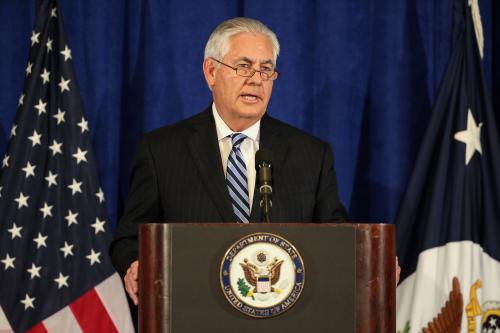
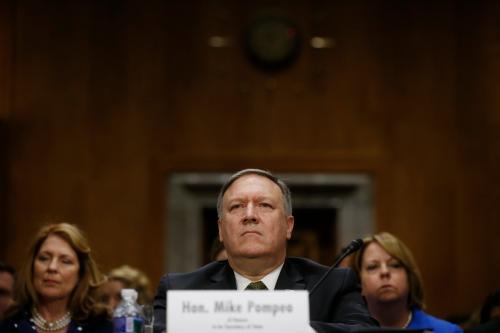
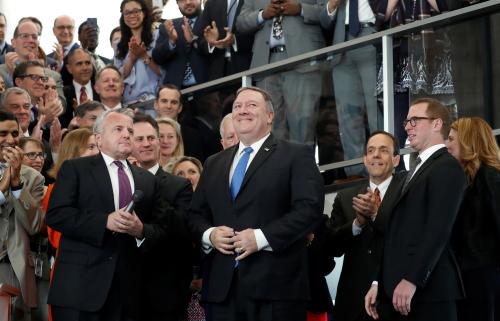
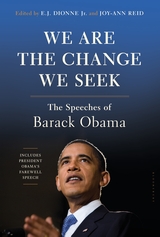
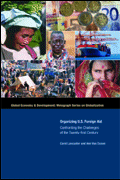
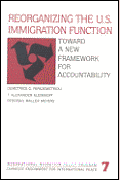




Commentary
State Department reform: Much ado about nothing?
September 28, 2017